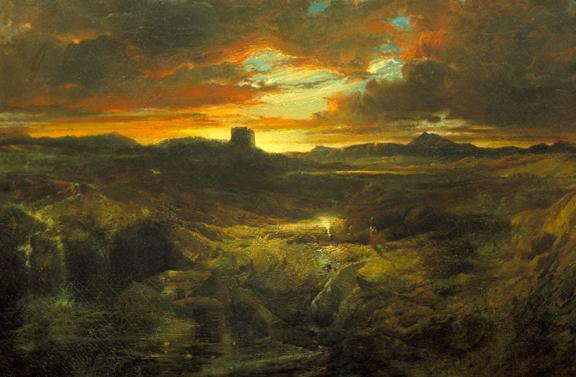My Last Duchess
Depending on the edition of the poem, after the title, there is supposed to be in italics, and all capitalized the word/name FERRARA.
However, It is important to note that the poem did not always feature FERRARA as an epigraph—it was intentionally added by Browning in later editions of the poem, hence scholar Louis S. Friedland’s exploration of the history of the Duke Vespasiano Gonzaga, and comparison to Duke Alfonso II d’Este.
What was discovered was that despite both Dukes having multiple marriages and young wives, Gonzaga’s wife, Diana Folch de Cardona, did not die young, unlike Lucrezia de' Medici—a point the poem hints to the reader. Through Friedland’s comparisons of the histories between the two to the poem, the final verdict aligned with d’Este as the mysterious Duke.


 This
This 